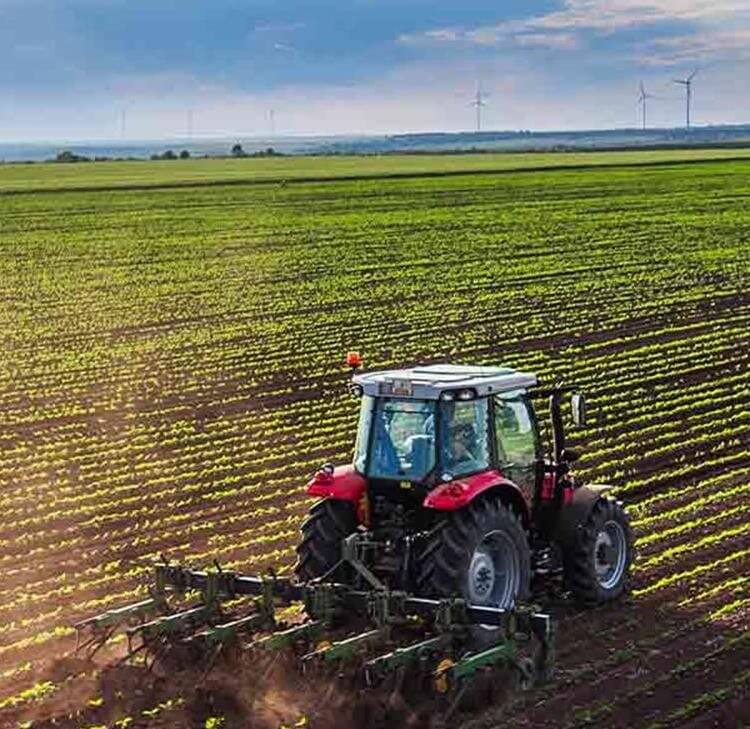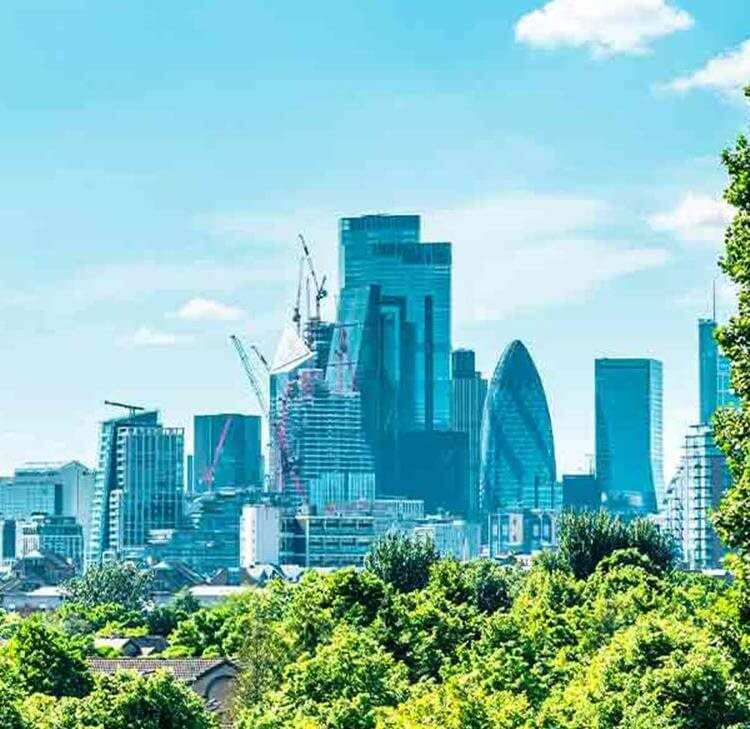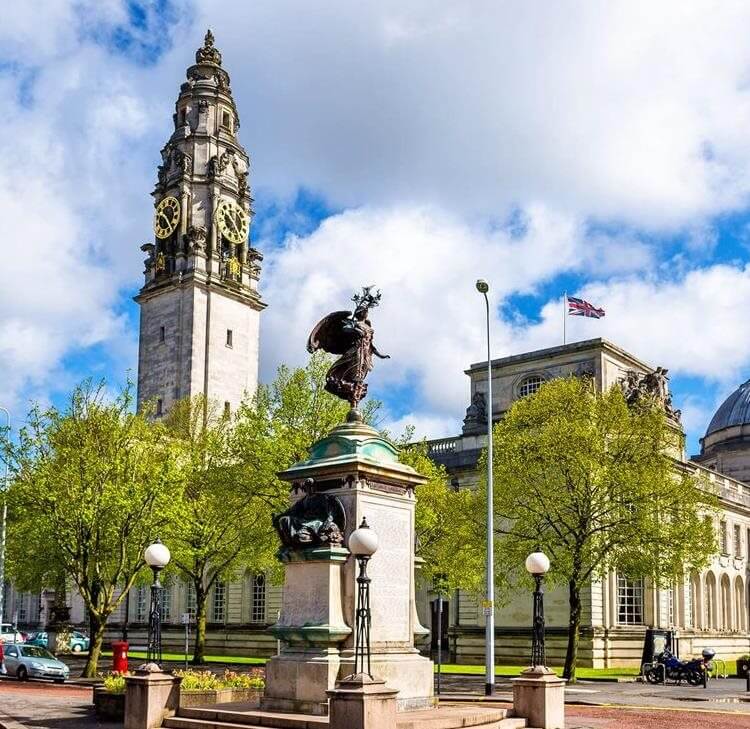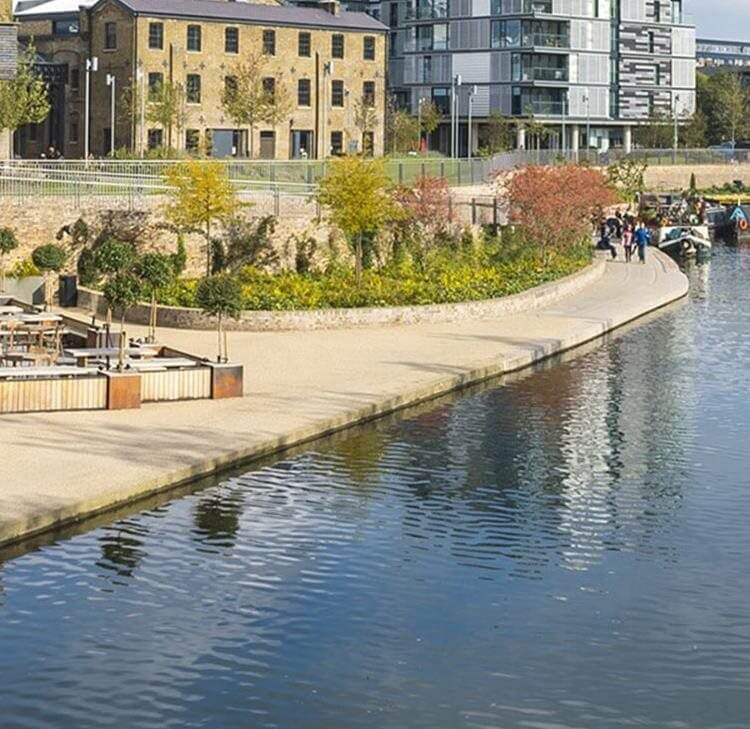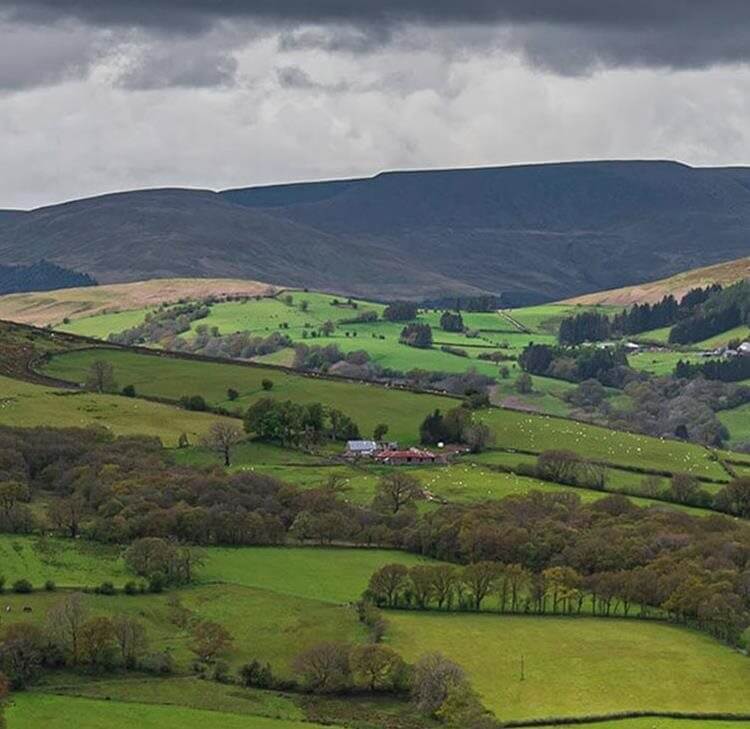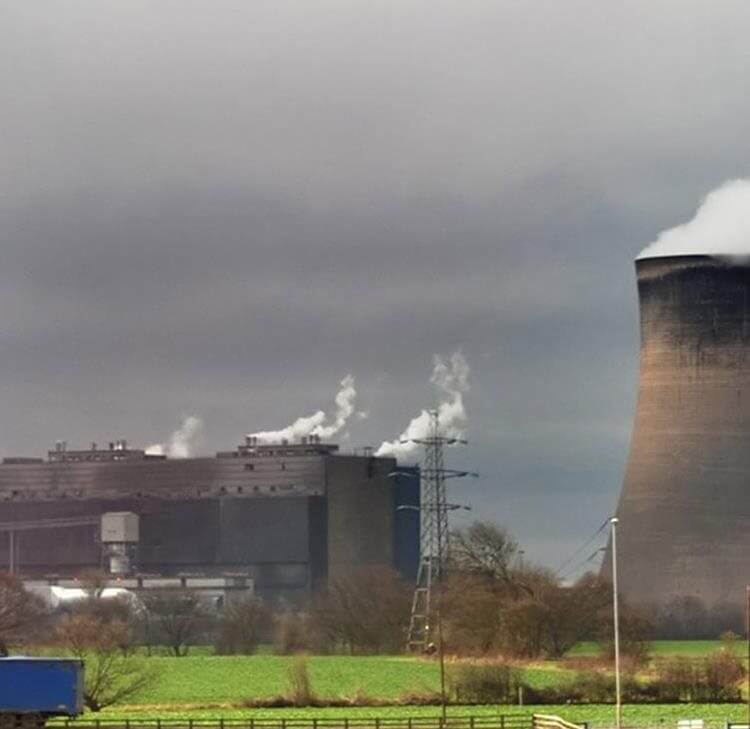The Government has stated that by March 2025 all local nature recovery strategies should be in place, covering the whole of England, with no gaps or overlaps – setting priorities for nature recovery in their local area. But what does this mean in practice for local authorities?
Whilst England is known for areas with stunning landscapes – the Lake District, North Yorkshire Moors, Cotswolds, the Norfolk coast for example – it is sobering to recognise that England is also widely considered to be one of the most nature-depleted countries in the world.
The Environment Act 2021 has been described as one of the most important pieces of legislation for the natural environment, and reflects a significant shift from the embedding of 'nature conservation' principles into legislation to now requiring and demanding more proactive 'nature recovery'.
Alongside the introduction of environmental improvement plans, mandatory biodiversity net gain, conservation covenants, an enhanced 'biodiversity duty' on public bodies and the creation of the Office for Environmental Protection, the Environment Act 2021 also requires the production of local nature recovery strategies (LNRSs) by local authorities.
What are local nature recovery strategies?
The intention is that LNRSs will cover the whole of England – with no gaps or overlaps – to create a series of strategies that, whilst each will be local in nature and sensitive to the specifics of the local area, will join up together to create a national plan for nature recovery, considering the key habitats and how to connect them across the country.
The intention is that they will illustrate where action will be most effective in an area to help nature recover; and will guide the public, private and voluntary/charity sectors to focus their efforts in a targeted manner to deliver the most impact.
Each LNRS must contain:
- A local habitat map; and
- A written statement of biodiversity priorities.
Statutory guidance for those responsible authorities appointed to prepare LNRSs detail what needs to be included. It is expected that LNRSs will propose actions such as:
- The creation of wetlands;
- Restoration of peatlands;
- Planting of trees and hedgerows; and
- More sustainable management of existing woodlands and grasslands.
Who and what is involved in the preparation of local nature recovery strategies?
The intention is that this collaborative and strategic approach, drawing on expertise and advice from public bodies such as the Environmental Agency and Forestry Commission, as well as benefiting from local knowledge and insight from landowners, wildlife trusts, eNGOs, and other community organisations, groups, and charities, will help ensure that LNRSs are appropriate for the local area, as well as balance a desire to be ambitious with a recognition of what is achievable.
Can local nature recovery strategies be enforced?
No. The intention is that each LNRS will help identify where effort, time and resources can be best focussed to deliver nature recovery – but there will be no legal power on any party to compel action to be taken through the LNRS itself.
In light of this, the Government has put in place a number of measures that it intends will encourage the support and delivery of the proposals in each LNRS, and this includes:
- A new duty on public authorities to have regard to relevant LNRSs;
- A link between LNRSs and the calculation of mandatory BNG to incentivise the delivery of BNG in a manner that complements/delivers the proposals set out in an LNRS;
- Funding for specific activities; and
- Integration of LNRSs in the planning system.
How can we help?
Our planning, environment and public law team can assist with queries on LNRSs, having considered the procedural and policy elements from the perspective of both responsible authorities and supporting authorities, as well as discussing LNRSs and how they link in with other nature recovery schemes and policies with landowners, public sector bodies and charities.
If you have any questions, please contact us.
On the green agenda more widely, and reflecting discussions we’re having with public sector clients in this area, we’re hosting an event on 10 July in our Nottingham offices to discuss the path to Net Zero and how this may impact local authorities in particular. Please contact our events team for more information.




